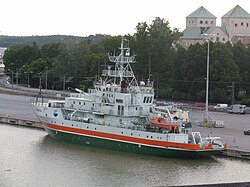Argentina

Research vessels by country include:















See also List of Danish research ships, which includes ships used only for expeditions

















































(London & Glasgow Universities)
(National Marine Service)






{{cite web}}: CS1 maint: multiple names: authors list (link){{cite web}}: CS1 maint: multiple names: authors list (link)